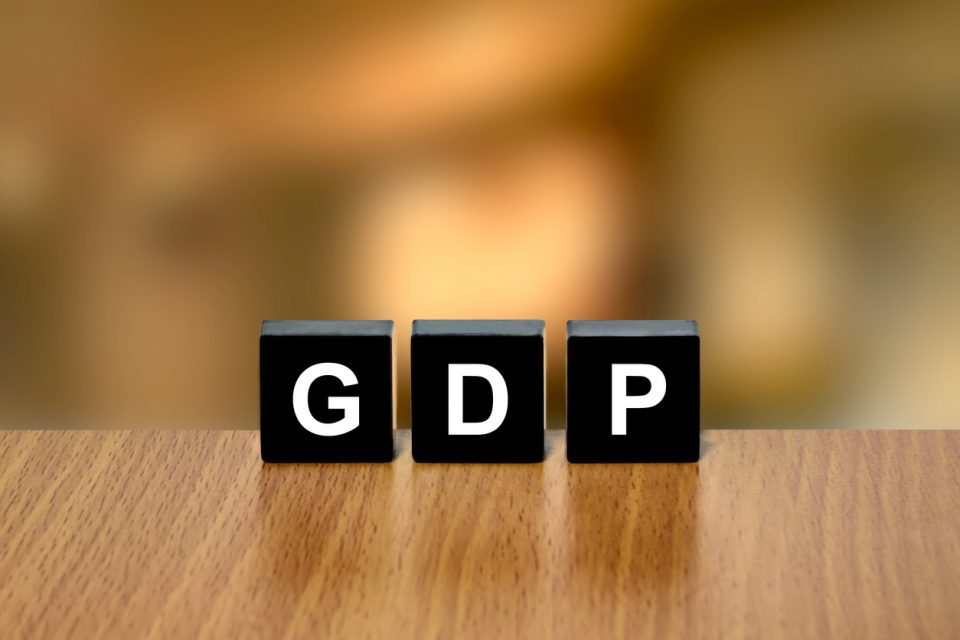There is a strong correlation between high GDP growth in a society and the reduction of poverty, particularly severe poverty. GDP is the ‘big number’ when it comes to tracking the size and growth of an economy. But it does not tell you the full story of how well people are doing in a country.
- Gross Domestic Product (GDP) measures the value of goods and services produced within an economy’s borders during a given period.
- GDP is measured by national governments and by some international organizations, which rely primarily on government data. These include the International Monetary Fund, the World Bank and the Asian Development Bank.
- Tracking gross domestic product is important because it provides a general assessment of the state of a country’s economy. Generally, if the GDP is growing, companies are expanding and there are more jobs available.
- There is a strong correlation between high GDP growth in a society and the reduction of poverty, particularly severe poverty.
- Asia as a region has enjoyed strong economic growth for decades, currently contributing about 60% of global GDP growth, and now accounts for more than 40% of world GDP.
- This rapid economic growth is credited with lifting more than 700 million Asians out of poverty.
- While rapid GDP growth is associated with reduced poverty, it has also been linked to rising disparities in income and wealth – creating a greater divide between the rich and poor – which could affect political stability.
- Between the 1990s and 2000s, while economic growth soared in Asia, income inequality worsened in four of the five most populous countries: Bangladesh, the People’s Republic of China, India, and Indonesia. These countries account for nearly 80% of the population of developing Asia.
- GDP growth is not a panacea, and complementary policies may be required to address various economic ailments. Though jobs have increased in Asia with economic growth, many workers earn too little to lift their families out of poverty and thsoe without formal work exceed 40% of the total employed in 18 countries in Asia. In India and Bangladesh, it is over 80%.
- To extract the benefits of GDP growth while minimizing the detrimental effects, many governments are working toward ‘inclusive growth’, which seeks to ensure that the opportunities created by economic growth are available to all, particularly the poor.
- The Asian Development Bank supports inclusive growth by investing in infrastructure that not only drives growth but also connects the poor to markets and increases their access to basic services.
- ADB is also investing in education and health and essential public services, such as water and sanitation, which encourage economic growth while directly benefiting the poor.

